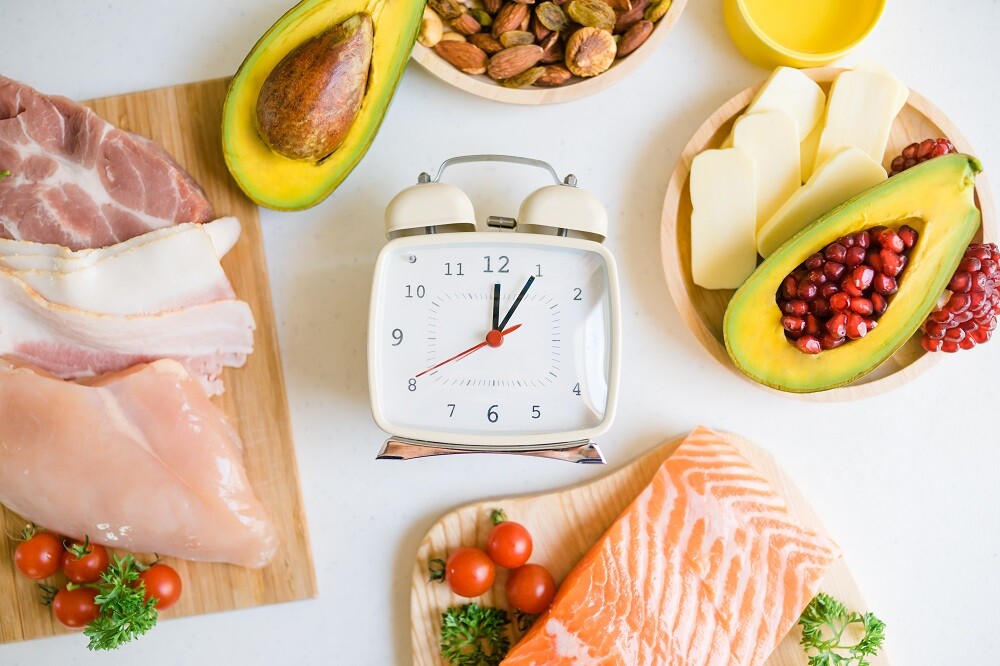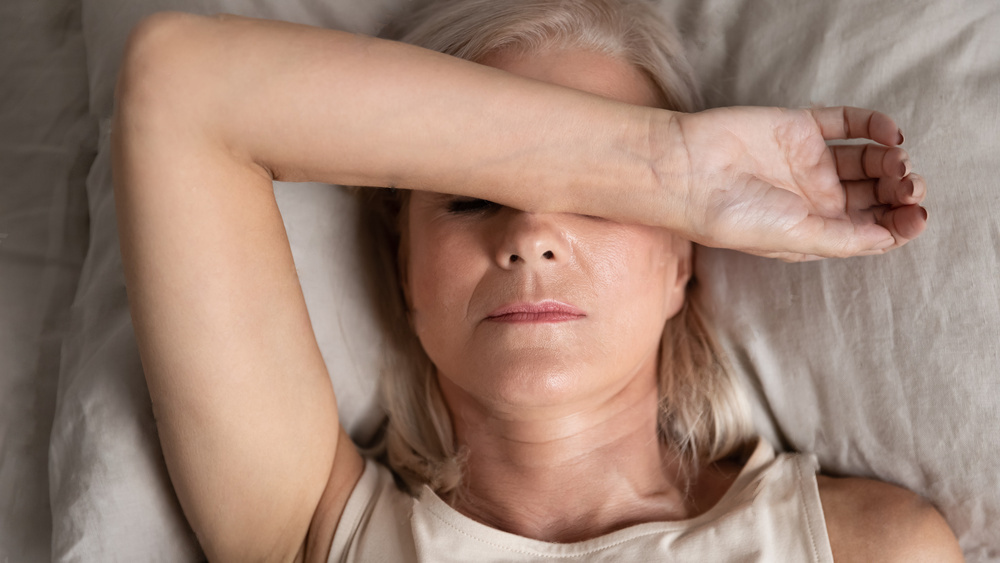Our skin is the natural outer layer of the body. It is the largest of our organs, in both area and weight. In adults, the skin covers about 2 square m...
Our skin is the natural outer layer of the body. It is the largest of our organs, in both area and weight. In adults, the skin covers about 2 square metres and weighs about 4.5-5kg! (1) It is made up of two layers – the thinner outer layer (the epidermis) and the deeper, thicker inner layer (the dermis).
Functions of the skin include:
- Controlling body temperature
- Oils are secreted by the skin help to stop water evaporating form the body, and water coming in when swimming or bathing; the oils also help to stop hair drying out.
- Removal of some things from the body, such as sweat and heat.
- Production of keratin to help protect the skin from heat, abrasions, bacteria and chemicals
- Production of melanin which contributes to skin colour and helps to protect our skin from UV light.
- Contains collagen and elastic fibres which resist stretching or pulling
- Houses nerve endings which allow us to feel warmth, coolness, pain, tickling and itching
- Production of vitamin D
Skin sensitivities
A 2017 study defined skin sensitivities as “the occurrence of unpleasant sensations (stinging, burning, pain, pruritus, and tingling sensations) in response to stimuli that normally should not provoke such sensations.” The unpleasant sensations cannot be explained by lesions occurred due to skin disease. “The skin can appear normal or be accompanied by erythema. Sensitive skin can affect all body locations, especially the face”. (2)
Symptoms of sensitive skin can include:
- Tinging
- Itching
- Burning
- Redness
- Dryness
- Scaling
- Peeling
- Bumps
- Hives
Gut health and the skin
Recent research has looked into the connection between gut health and skin health. We know that the gut microbiome has an effect on our immune system, which in turn, has an effect on our organs, including the skin. Growing evidence supports a link between gut dysbiosis and common inflammatory skin conditions such as dermatitis, psoriasis, rosacea and acne; and there are specific strains of probiotics that can assist with these different conditions. (3)
One of the roles of our skin is to protect us from foreign bacteria and pathogens entering our bodies. The skin also has its own microbiome, which is influenced by the gut microbiome. Fermentation of some types of fibres in our intestines will determine what types of bacteria make up our skin microbiome, which in turn influence our skin’s immune defence system. (4) Amazing stuff!
Skin health in menopause
Oestrogen plays a part in preventing ageing of the skin by influencing thickness, wrinkles and moisture. It also affects things that are related to the skin, like the hair follicles. As oestrogen drops, so does the skin’s ability to stay thick, prevent wrinkles and keep moist.(5) Many skin sensitivities in menopause occur due to a drop in oestrogen levels. They can include:
- Thinning, drying and inflammation of the vaginal walls
- Vulvar Lichen Sclerosus (thinning and whitening of the skin around the vulva)
- Pain around the vaginal area
- Excessive growth of hair on the face, chest and back (known as Hirtuism)
- Alopecia (thinning or loss of hair on the head or body)
- Hot flushes
- Vaginal candidiasis (candida or yeast overgrowth). (6)
Skin and ageing
The skin goes through many changes as we age. How it changes can depend on factors such as lifestyle, diet, sun exposure, genetic influences and other personal habits, such as smoking and alcohol consumption. Changes that occur as we age include:
- The number of cells that produce the melanin decreases, so our skin looks thinner, paler and clearer
- The blood vessels in the skin become more fragile, leading to bruising and bleeding under the skin
- The skin’s connective tissue becomes weaker, giving the skin the appearance of wrinkles, or loss of elasticity
- The fat layer under the skin becomes thinner, making us feel colder. (7)
What can we do?
All this sounds terrible, doesn’t it? Don’t despair, there are things that we can do to help our skin to stay healthy as we age.
- Oatmeal baths – use a knee-high stocking and add a few tablespoons of oatmeal and ties a knot in the top; add it to the bath as the water runs to create a soothing soak.
- Eat well – diet can affect skin health, make sure that you eat a wide variety of fruit and vegetables to feed the gut microbiome
- Drink plenty of water – dehydration increases the risk of skin injury
- Avoid hot showers – hot water can stop the skin from creating oils that it needs to stay moist
- Avoid scratching, where possible – try a cold compress to provide relief, and wear gloves to stop scratching, especially at night time
- Sleep well
- Prevent sunburn – most skin changes are related to sun exposure so make sure to reduce sun exposure. Use the Cancer Council’s guidelines to slip, slop, slap, seek and slide
- Reduce stress
- Avoid smoking and alcohol
- Exercise regularly (7, 8)
Conclusion
There are many factors that can contribute to skin health. Whether it is general ageing, menopause or our gut health. If you are concerned about the health of your skin, make sure to consult your healthcare practitioner.
References:
- Tortora GJ & Derrickson B, 2012, Principles of Anatomy & Physiology 13th John Wiley & Sons Inc
- Misery L et al, 2017, ‘Definition of Sensitive Skin: An Expert Position Paper from the Special Interest Group on Sensitive Skin of the International Forum for the Study of Itch’, Acta Derm Venereol; 97: 4–6, viewed on 21 September 2020, https://www.medicaljournals.se/acta/content/html/10.2340/00015555-2397#:~:text=Using%20the%20Delphi%20method%2C%20sensitive,should%20not%20provoke%20such%20sensations.
- Szanto M et al, 2019, ‘Targeting the gut-skin axis – probiotics as new tools for skin disorder management’, Experimental Dermatology, 28 (11):1210-1218, viewed on 22 September 2020, https://onlinelibrary.wiley.com/doi/full/10.1111/exd.14016
- Salem I et al, 2018, ‘The Gut Microbiome as a Major Regulator of the Gut-Skin Axis’, vol 9 article 1459, vi https://www.ncbi.nlm.nih.gov/pmc/articles/PMC6048199/
- Verdier-Se´vrain S, et al, 2006, ‘Biology of estrogens in skin: implications for skin aging’, Experimental Dermatology, 15: 83–94, viewed on 22 September 2020, https://onlinelibrary.wiley.com/doi/pdf/10.1111/j.1600-0625.2005.00377.x#:~:text=Estrogens%20improve%20skin%20in%20many%20ways.&text=Estrogen%20receptors%20(ERs)%20have%20been,in%20other%20non%2Dreproductive%20tissues.
- Nair P, 2014, ‘Dermatosis associated with menopause’, Journal of Midlife Health, 5(4): 168–175, viewed on 22 September 2020, https://www.ncbi.nlm.nih.gov/pmc/articles/PMC4264279/
- Martin L, 2018, Ageing changes in the skin, Medline Plus, viewed on 22 September 2020, https://medlineplus.gov/ency/article/004014.htm
- Jay K, 2020, Does Menopause Cause Itchy Skin? Plus, Tips for Managing Itchiness, Healthline, viewed on 22 September 2020, https://www.healthline.com/health/menopause/menopause-itching#prevention
About The Author - AMC Team
Our team consists of doctors, nurses, program assistants, naturopaths and nutritionists that join their wealth of knowledge to offer our patients and website visitors interesting and insightful articles to assist you understand the symptoms you are experiencing and how to relieve them.

